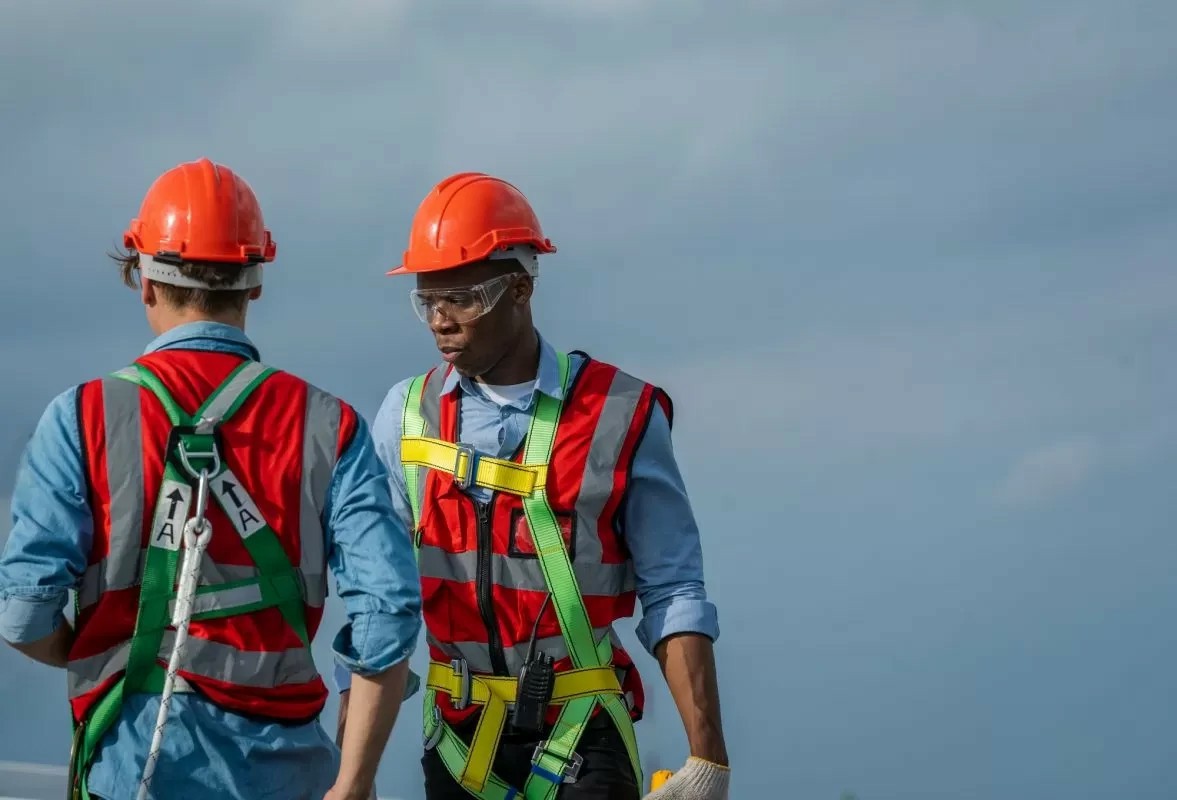


 349,500 Offered Certificates
349,500 Offered Certificates
 24/7 Online Training
24/7 Online Training
 Money Back Guarantee
Money Back Guarantee
 Fully Accredited Courses
Fully Accredited Courses

Created at: 22-02-2025 15:46
In our fast-paced work environments, particularly in industries such as construction and maintenance, safety should always be the highest priority. Working at heights carries inherent risks that can lead to severe accidents if not properly managed through safety training. This case study explores how a specific incident was prevented due to effective Working at Heights training, emphasizing the importance of risk assessment, safety gear usage, and emergency preparedness.
Working at Heights training is not merely a formality; it is a crucial component in ensuring the safety of employees who operate at elevated locations. Such training equips employees with the knowledge and skills needed to recognize hazards, use fall protection equipment effectively, and respond quickly during emergencies. With comprehensive training programs, companies can significantly reduce the risk of workplace accidents.
In a notable incident at a construction site in Dublin, an employee was working at the edge of a rooftop while performing maintenance on HVAC systems. Although the worker had been trained in Working at Heights safety protocols, a momentary lapse in decision-making could have led to disaster. This case serves as a powerful testament to how proper training can avert potential tragedies.
Prior to commencing work, the maintenance crew conducted a thorough risk assessment of the area, scrutinizing potential hazards associated with working at heights. Through their Working at Heights Course, they had learned the importance of eliminating unnecessary risks. They ensured:
This proactive approach, fostered by their training, ensured that the crew was well aware of their surrounding environment, leading to a safer workplace.
Equipped with certified fall protection gear, the worker was prepared for any unforeseen incidents. During the training program, the importance of wearing harnesses, helmets, and using lifelines was reinforced. On the day of this incident, the worker had correctly donned their full-body harness, which would have prevented a fall had it occurred.
Statistics show that fall protection helps reduce workplace injuries significantly, with OSHA reporting that proper use of fall protection equipment can lower the risk of injury by up to 70% in construction settings. Such statistics highlight that adherence to training guidelines directly correlates with accident prevention.
To further enhance safety, the team engaged in emergency preparedness drills as part of their Working at Heights training. They practiced how to respond quickly and effectively should an incident occur. This training included:
On the day of the potential accident, when the worker unexpectedly lost balance, the team’s training kicked in. Thanks to their emergency preparedness drills, they were able to act promptly, ensuring safety protocols were followed and further damage was avoided.
The statistics surrounding workplace safety are compelling. According to the Health and Safety Authority, a considerable percentage of workplace fatalities occur due to falls from heights. Moreover, organizations that implement effective training programs witness a remarkable decrease in such incidents:
Such data underline the necessity of investing in robust Working at Heights certification programs.
This case study illustrates the vitality of Working at Heights training for hazard awareness, fall protection, and emergency preparedness. By ensuring that employees receive certified Working at Heights training, companies can bolster their safety protocols and drastically reduce the risk of accidents.
Utilize professional training programs, such as the Working at Heights Course Online, to boost safety measures in your organization. For expertise in Working at Heights Certification Ireland, contact us at [email protected] today!